Introduction
Roasting shelled peanuts, or simply peanuts as they are commonly known, is a timeless culinary art that transforms these humble legumes into a delightful snack enjoyed worldwide. Whether you’re preparing for a family gathering, a movie night, or just want a healthy and tasty treat to munch on, knowing how to roast shelled peanuts can elevate your snacking experience to new heights. This guide will walk you through the entire process, from selecting the right peanuts to achieving that perfect golden-brown crust and crunchy interior. By the end, you’ll be a master at crafting delicious, homemade roasted peanuts that will rival any store-bought variety.
Section 1: Choosing the Right Peanuts
Before you can start roasting, it’s crucial to select high-quality peanuts. Here are some key factors to consider:
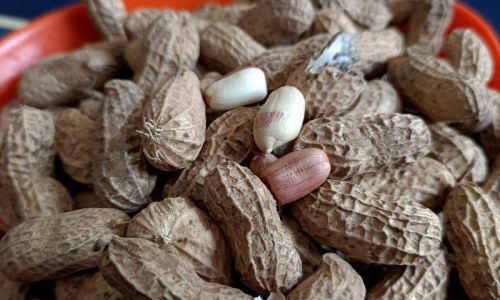
1 Freshness
Always opt for fresh peanuts. Fresh nuts retain more of their natural oils and flavors, leading to better roasting results. Look for peanuts that have been recently harvested and stored properly. Avoid nuts that appear dried out or have an off-color.
2 Variety
There are several varieties of peanuts available, each with its unique taste and texture. Virginia peanuts are large and sweet, making them ideal for roasting. Spanish peanuts are smaller and nuttier, offering a different flavor profile. Runner peanuts are medium-sized and versatile, suitable for various cooking methods. Choose a variety that suits your taste preferences.
3 Shell Integrity
Since we’re dealing with shelled peanuts, this step is slightly different. However, it’s still important to ensure that the shells have been removed cleanly, leaving whole, unbroken kernels. Broken or cracked peanuts can burn more easily during roasting.
4 Storage Conditions
Buy peanuts from a reliable source that stores them in cool, dry conditions. Avoid nuts that have been exposed to excessive heat or moisture, as these can lead to rancidity or mold.
Section 2: Preparation Before Roasting
Once you’ve selected your peanuts, it’s time to prepare them for roasting. Here’s how:
1 Cleaning
Although shelled peanuts are relatively clean, it’s a good idea to rinse them under cold water to remove any dust or debris. Pat them dry thoroughly using a clean kitchen towel or paper towels. Excess moisture can cause uneven roasting and steaminess, which isn’t desirable.
2 Seasoning (Optional)
Roasted peanuts can be enjoyed plain, but seasoning them can add an extra layer of flavor. Popular seasoning options include salt, pepper, garlic powder, paprika, and cumin. You can also use melted butter, olive oil, or a combination of herbs and spices for a more complex taste.
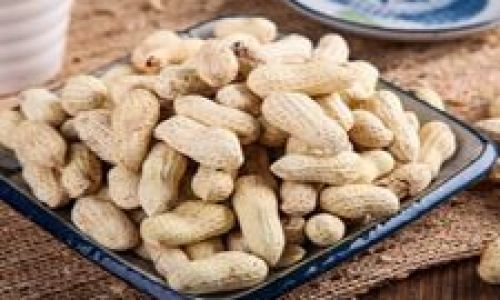
To season, place the dry peanuts in a large mixing bowl. Drizzle with a small amount of melted butter or olive oil and sprinkle with your chosen seasonings. Toss gently to coat each peanut evenly. Be cautious with the amount of oil, as too much can make the nuts greasy.
3 Preheating the Oven or Stovetop
Preheat your oven to 350°F (175°C) or set up your stovetop for stovetop roasting. If using an oven, ensure you have a rack positioned in the middle to ensure even heat distribution. For stovetop roasting, you’ll need a large, heavy-bottomed skillet or wok.
Section 3: Roasting Techniques
Now, let’s dive into the two most common roasting methods: oven roasting and stovetop roasting.
1 Oven Roasting
Step 1: Spread Out
Spread the seasoned (or plain) peanuts in a single layer on a baking sheet. Make sure they’re not overcrowded, as this can prevent even roasting.
Step 2: Roasting Time
Place the baking sheet in the preheated oven and roast for about 15-20 minutes, stirring occasionally to ensure even cooking. Keep a close eye on them, as peanuts can go from perfectly roasted to burnt very quickly.
Step 3: Checking for Doneness
After 15 minutes, start checking the peanuts for doneness. They should be a golden-brown color and emit a nutty aroma. If they’re still pale or undercooked, roast for an additional 2-5 minutes, stirring frequently to avoid burning.
Step 4: Cooling
Once done, remove the peanuts from the oven and let them cool on the baking sheet for about 10 minutes. This helps them crisp up and develop their final texture.

2 Stovetop Roasting
Step 1: Heat the Pan
Place your skillet or wok over medium-high heat. Add a small amount of oil (optional, but it helps with even roasting and adds flavor) and let it heat up.
Step 2: Add Peanuts
Add the peanuts to the hot pan in a single layer. Stir constantly using a wooden spoon or spatula to prevent burning.
Step 3: Roasting and Stirring
Continue to roast the peanuts, stirring frequently, until they turn golden-brown and fragrant. This usually takes around 10-15 minutes, but it can vary depending on your stove’s heat intensity.
Step 4: Removing from Heat
Once the peanuts are roasted to your liking, transfer them to a bowl or plate to cool. Be careful, as the pan and peanuts will be very hot.
Section 4: Post-Roasting Care
After roasting, there are a few additional steps you can take to enhance your peanuts’ flavor and texture:
1 Additional Seasoning
While the peanuts are still warm, you can add more seasoning if desired. Sprinkle with additional salt, a pinch of herbs, or a light drizzle of olive oil. Toss gently to combine.
2 Cooling and Storing
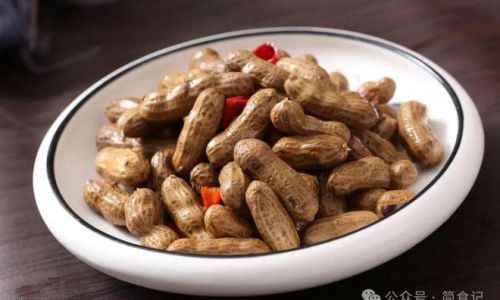
Allow the peanuts to cool completely before storing them. Properly cooled peanuts will be crunchier and have a better texture. Store them in an airtight container in a cool, dry place. They should keep for about a week, but for best flavor, consume them within a few days.
Section 5: Troubleshooting and Tips
1 Uneven Roasting
If your peanuts are unevenly roasted, it’s likely due to overcrowding or inconsistent stirring. Ensure they’re spread out in a single layer and stir frequently during roasting.
2 Burning
Burning is a common issue, especially with stovetop roasting. Keep the heat at medium-high and stir constantly. If you notice any nuts starting to burn, remove them immediately.
3 Oiliness
Too much oil can make your peanuts greasy. Use just enough to lightly coat the nuts, and avoid adding more during roasting.
4 Flavor Enhancement
Experiment with different seasoning combinations to find your perfect flavor profile. You can also try adding a pinch of baking soda to the seasoning mix, which helps the peanuts achieve a crisper texture.
Conclusion
Roasting shelled peanuts is a simple yet rewarding culinary endeavor that can yield delicious, crunchy snacks perfect for any occasion. By following the steps outlined in this guide, from selecting the right peanuts to mastering the roasting process, you’ll be able to create homemade roasted peanuts that are not only healthier but also more flavorful than store-bought varieties. Whether you prefer the convenience of oven roasting or the hands-on approach of stovetop roasting, the key to success lies in attention to detail, patience, and a bit of experimentation. Happy roasting!
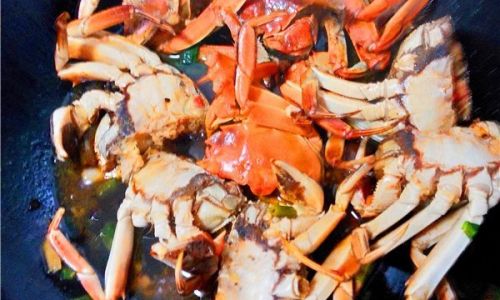
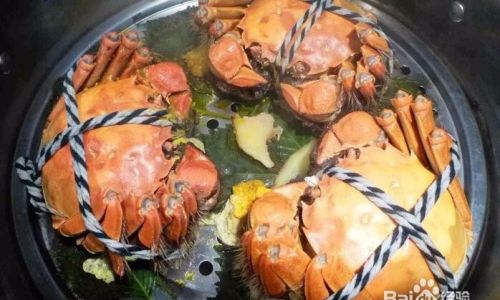
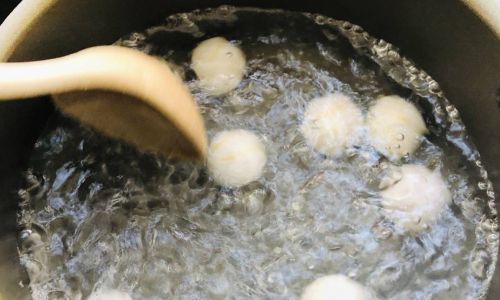
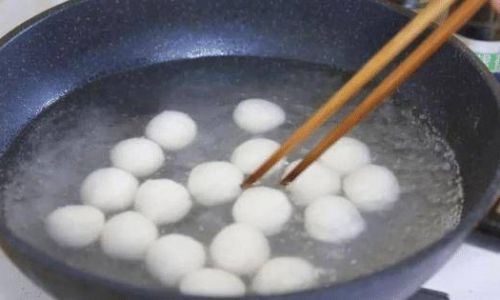
0 comments